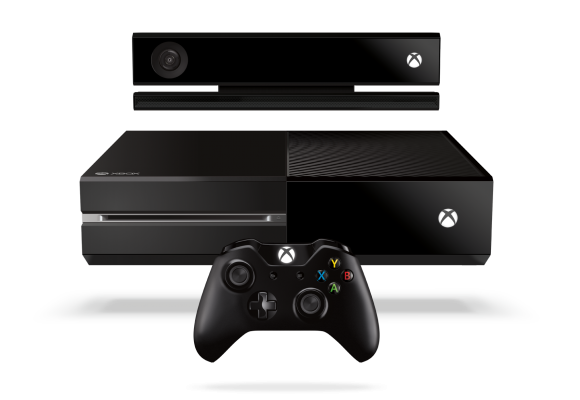The Xbox One, launched by Microsoft in November 2013, marked a significant evolution in the world of gaming and entertainment consoles. It was designed not only as a gaming device but also as an all-in-one entertainment system, hence the name ‘One.’ This article provides a comprehensive overview of the Xbox One, covering its development, features, gaming library, and impact on the gaming industry.

Development and Release
The Xbox One was developed under the codename ‘Durango’ and was officially unveiled in May 2013. It was the successor to the Xbox 360 and the third console in the Xbox series. Microsoft aimed to integrate a wide range of entertainment features into the device, positioning it as a central media hub for living rooms.
Design and Specifications
The Xbox One had a larger and more box-like design compared to its predecessor. Key specifications included:
- Processor: Custom AMD CPU (8-core, x86 architecture)
- Graphics: AMD Radeon GPU
- Memory: 8 GB DDR3 RAM
- Storage: 500 GB HDD initially, later versions had up to 2 TB
- Connectivity: HDMI-in/out, USB 3.0, Wi-Fi, Ethernet
- Operating System: Xbox OS, a part of the Windows family
Key Features
1. Kinect Integration
The Xbox One was initially bundled with the Kinect sensor (made popular due to the Xbox 360 Kinect Games available on the 360), an advanced motion-sensing and voice recognition device, allowing for innovative gameplay and navigation controls.
2. TV Integration and Multimedia
It featured HDMI pass-through and guide integration, enabling users to watch live television through the console. Along with streaming services and Blu-ray playback, it aimed to be a comprehensive entertainment device.
3. Xbox Live Improvements
The online service was enhanced with better matchmaking, cloud storage, and the ability to record and share gameplay.
4. Backward Compatibility
Later in its lifecycle, backward compatibility with a selection of Xbox 360 games was introduced.
Gaming Library
The Xbox One had a diverse library of games, ranging from exclusive titles like “Halo 5: Guardians,” “Forza Motorsport,” and “Gears of War 4,” to a vast array of third-party games. Microsoft also emphasized indie games with its ID@Xbox program.

Reception and Impact
Initial reception of the Xbox One was mixed, mainly due to its high launch price, mandatory Kinect integration, and controversial digital rights management policies which were later reversed. However, over its lifecycle, the console gained popularity due to its strong gaming lineup, multimedia features, and continuous system updates.
Legacy and Successors
The Xbox One set the stage for its successors, the Xbox Series X and Series S, especially in terms of its focus on an all-encompassing entertainment experience and digital services. It represented a shift in console gaming, where the emphasis was not just on gaming but on providing a complete entertainment package.
In conclusion, the Xbox One was a significant chapter in the history of gaming consoles. Its emphasis on being an all-in-one entertainment solution, its innovative features like Kinect and TV integration, and its robust gaming library, all contributed to its legacy in the gaming world. Despite facing initial challenges, it left an indelible mark on how consoles are integrated into the broader entertainment ecosystem.

